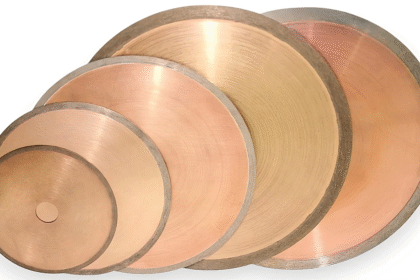What is Scrub Typhus?
Scrub typhus, also known as bush typhus, is an infectious disease caused by a bacterium called Orientia tsutsugamushi. This bacterium is transmitted to humans through the bite of infected chiggers (larval mites), commonly found in dense grassy or scrub-like areas. The disease gets its name from the terrain where these mites usually thrive—scrub vegetation and rural farmlands.
Scrub typhus is most prevalent in the so-called “Tsutsugamushi Triangle,” which includes regions of Southeast Asia, Japan, northern Australia, and parts of India. People who work or live in areas with tall grass, bushes, or forested land, such as farmers, forestry workers, and military personnel, are at a higher risk of contracting the disease.
Without proper treatment, scrub typhus can lead to severe health complications and, in some cases, can even become life-threatening. Early diagnosis and appropriate antibiotic therapy are essential to ensure a full recovery.
How It Affects the Body
Once the infected mite bites a human, the bacterium enters the skin and begins spreading through the bloodstream. Initially, a small wound or eschar (a dark, scab-like mark) often forms at the site of the bite, which is a typical sign of the body’s localized immune response. However, not all individuals develop an eschar, making diagnosis sometimes difficult.
After entering the bloodstream, Orientia tsutsugamushi travels to various organs, affecting the body’s internal systems. The bacteria mainly target the cells lining the blood vessels, causing inflammation and swelling known as vasculitis. This inflammation can impair blood flow and lead to:
-
Damage in vital organs such as the liver, kidneys, lungs, and brain.
-
Disruption of the body’s normal temperature regulation.
-
A weakened immune response.
If not treated promptly, scrub typhus can result in severe symptoms like respiratory distress, neurological complications (such as confusion or seizures), multi-organ failure, and in extreme cases, death.
The progression of the disease is often rapid and may become severe within 7—10 days of initial infection. Therefore, timely diagnosis and the use of antibiotics, such as doxycycline or azithromycin, are critical for recovery.
Causes and Symptoms of Scrub Typhus
Scrub Typhus Causes and Symptoms are essential to understand if you are living in or traveling to a region where the infection is common. Let’s explore what leads to the disease and how it manifests in the body.
Causes of Scrub Typhus
The cause of scrub typhus is the Orientia tsutsugamushi bacterium, which is transmitted by the bite of infected chigger mites. These mites live in areas with dense vegetation, forests, and fields where rodents and other small animals also live. The mites feed on these animals and can transmit the infection from one host to another, including humans.
You cannot catch scrub typhus from another person. The only way to get infected is through the bite of an infected mite. These bites often occur without the person noticing because the chiggers are tiny barely visible to the naked eye.
People are most likely to encounter infected chiggers when:
-
Working outdoors in fields or jungles
-
Camping or hiking in rural areas
-
Engaging in military exercises in forested or grassy environments
Symptoms of Scrub Typhus
After being bitten, symptoms usually appear within 6 to 21 days, commonly around 10 days. Early identification of symptoms is crucial to prevent complications. Here are the typical symptoms associated with scrub typhus:
-
Fever and chills – Usually sudden in onset and can be high-grade
-
Headache and muscle pain – Often accompanied by fatigue and weakness
-
Rash – A flat or raised red rash may appear on the body
-
Eschar – A black, scab-like area at the site of the bite is a key symptom
-
Cough and chest discomfort – In some cases, due to lung involvement
-
Swollen lymph nodes – Often due to the infection spreading through the lymphatic system
-
Nausea, vomiting, and diarrhea
However, these are just a few of the initial symptoms. If you want to know more about early warning signs and detailed symptom progression like neurological distress or respiratory complications, you can explore advanced information on Scrub Typhus Causes and Symptoms to help understand the stages of this serious infection.
Without treatment, symptoms may rapidly worsen, leading to:
-
Mental confusion or coma
-
Difficulty breathing
-
Jaundice (yellowing of the skin)
-
Organ failure
Conclusion
Scrub typhus is a preventable yet potentially dangerous disease that affects thousands of people in tropical regions every year. While it is most often seen in rural environments, urban travelers venturing into nature-rich areas are also at risk.
Early recognition of symptoms—especially in areas where scrub typhus is common—and quick treatment with appropriate antibiotics are essential in preventing severe illness. Public health awareness, protective clothing, and the use of insect repellents can also help curb the spread of this disease.
If you work or travel in an area known to have scrub typhus or experience symptoms like fever, rash, and fatigue after outdoor exposure, don’t hesitate to consult a healthcare provider. Timely diagnosis and treatment could be life-saving.



